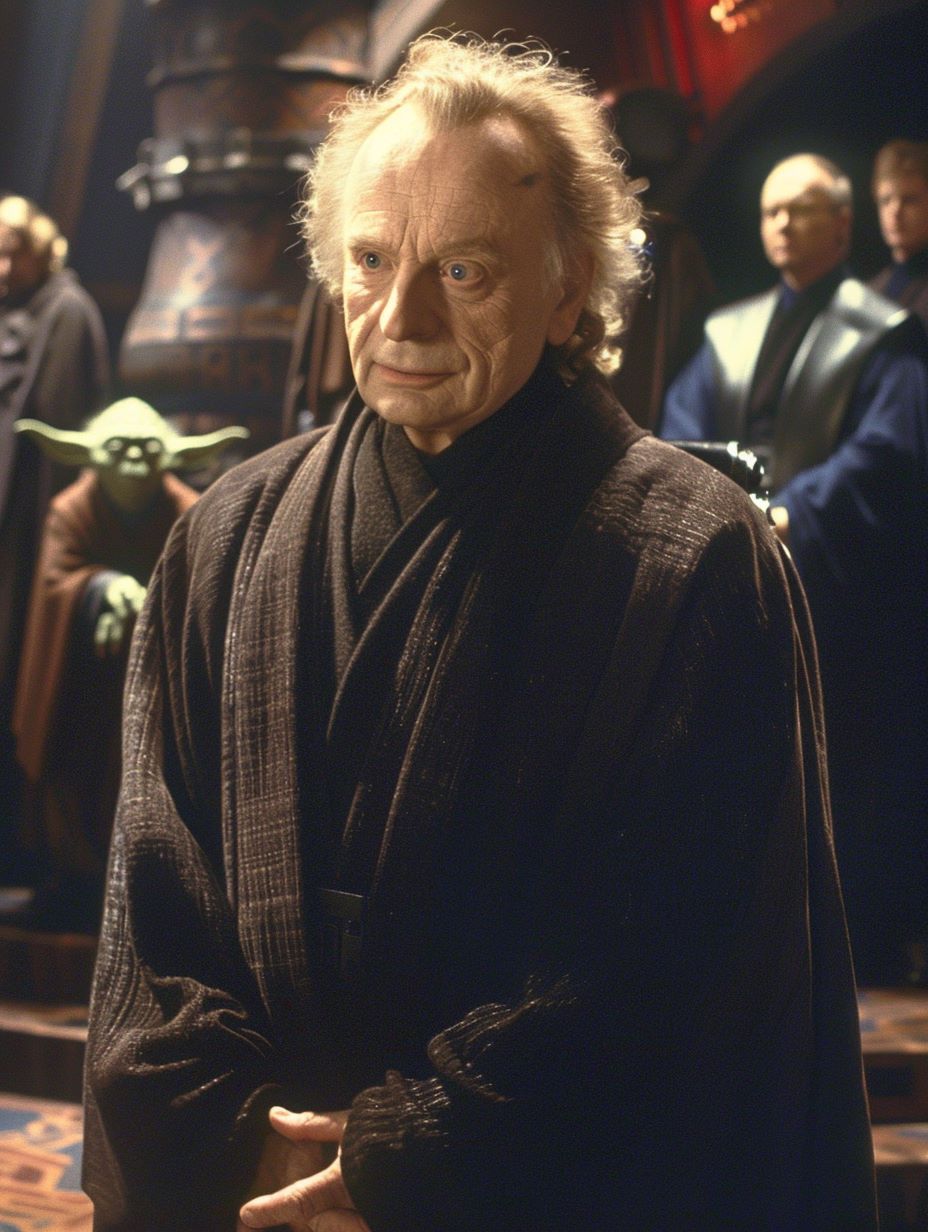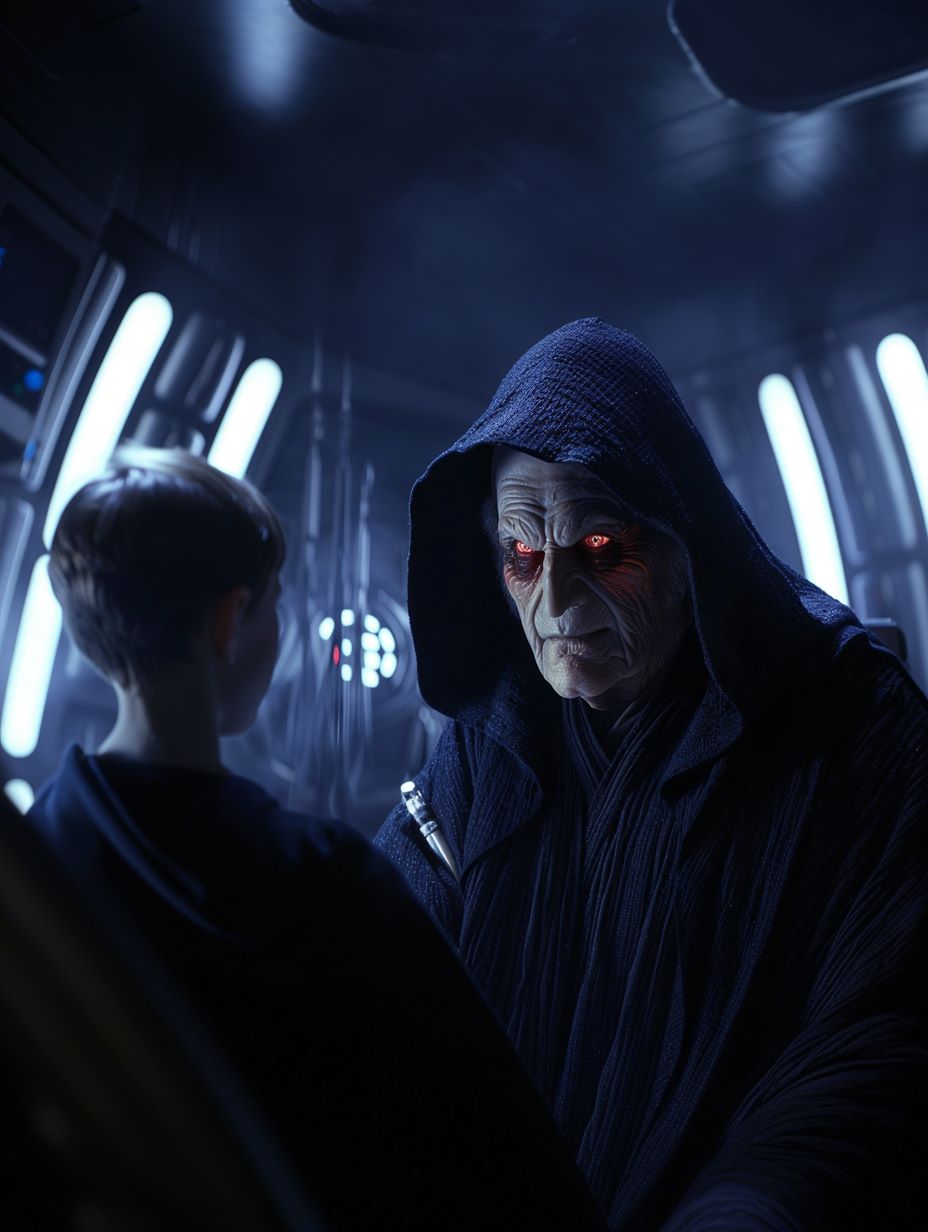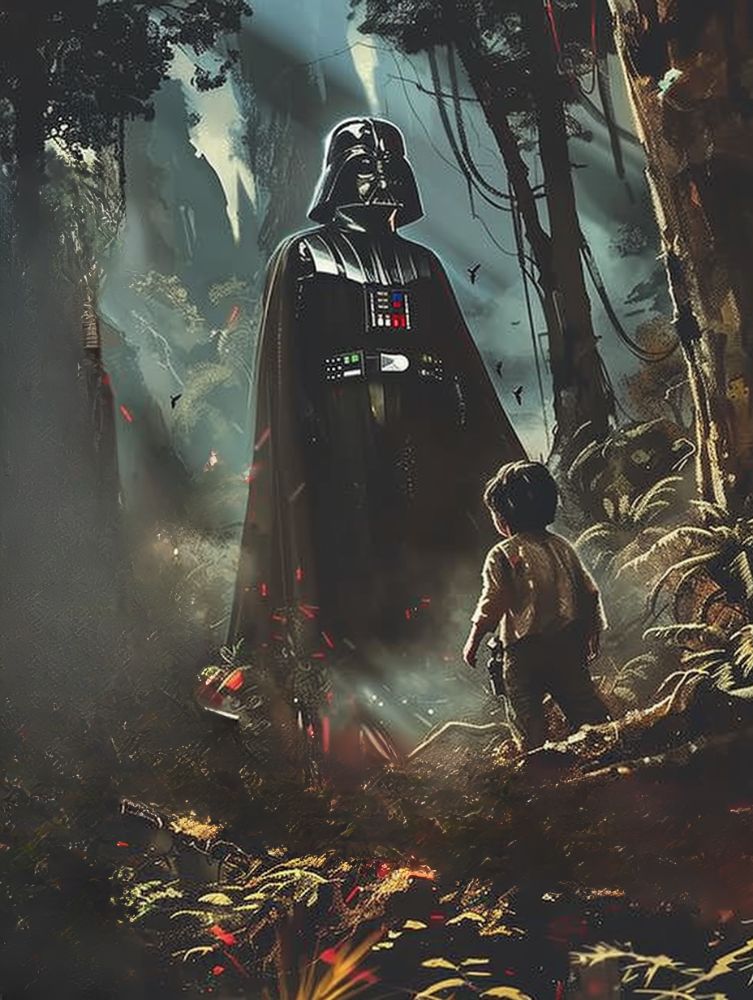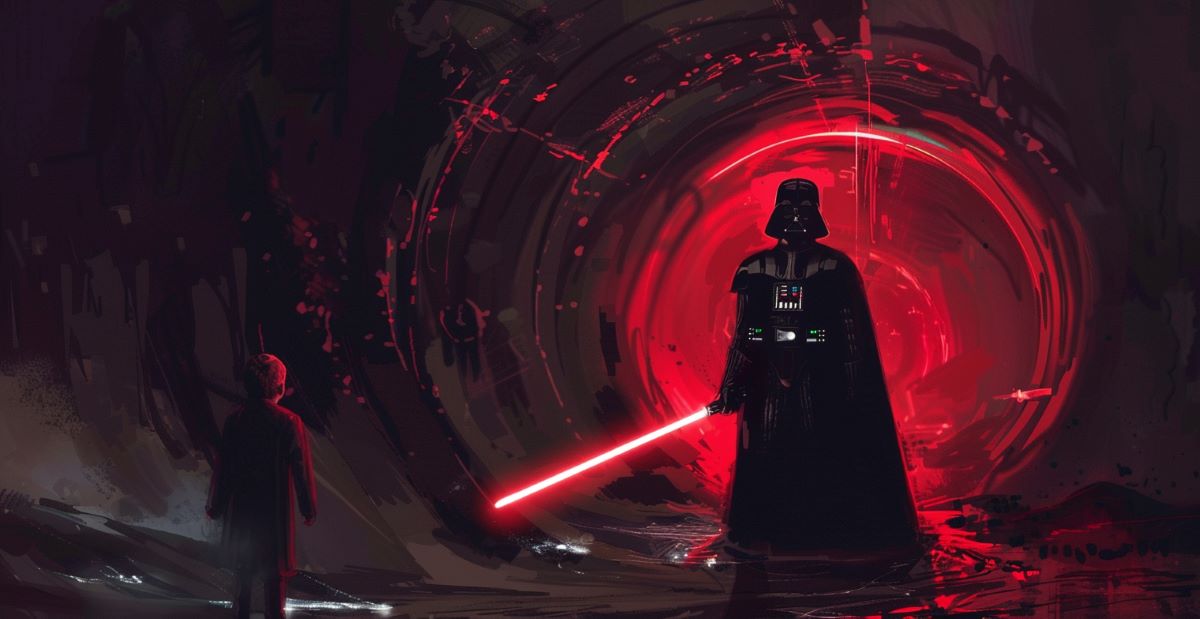In Star Wars: Episode III – Revenge of the Sith, we witness a crucial moment when Anakin, under Palpatine’s orders, massacres all the Jedi Younglings.
Yet, as we delve deeper into the Star Wars series, we encounter a contrasting side of Palpatine – he intended to capture the Younglings alive. But how could this be?
There are explanations for these two seemingly contradictory scenarios, which I have managed to uncover. The answers to these fascinating puzzles are detailed in the following sections.
Join me as we delve into the underlying motives of Palpatine’s plans.
Table of Contents
Palpatine’s Plans Depended On His Hiding From The Jedi

Palpatine’s strategy was heavily reliant on his ability to remain hidden from the Jedi.
From the Star Wars prequel, we learn that before the rise of the Empire, Palpatine used the dark side of the Force to conceal his true power.
His plan was executed so flawlessly that none of the Jedi Masters could detect the evil within him.
However, a pivotal moment in Episode III – Revenge of the Sith sheds light on why Palpatine wanted to eliminate the Younglings.
These Younglings, or younger Force-sensitives, had the unique ability to sense Palpatine’s concealed power.
Younger Force-Sensitives Seem To Have Been Able To See Through Palpatine’s Force Powers

It appears that younger Force-sensitives were capable of penetrating Palpatine’s concealed Force powers. To illustrate this point, let’s revisit Episode I – The Phantom Menace.
In this episode, Qui-Gon Jinn, an experienced Jedi Master, and his Padawan, Obi-Wan Kenobi, were dispatched by the Supreme Chancellor to board the Trade Federation Flagship.
Their mission was triggered by a dispute over the taxation of trade routes to distant star systems.
In response to this disagreement, the Trade Federation established a blockade of formidable battleships around the planet Naboo.
As guardians of peace and justice in the galaxy, the Jedi Knights were tasked with negotiating with the Federation Viceroy to secure the Federation’s withdrawal from the system.
The moment of truth arrived when Qui-Gon Jinn and Obi-Wan Kenobi set foot on the Flagship.
This point is illustrated in Episode I – The Phantom Menace. Jedi Master Qui-Gon Jinn and his Padawan, Obi-Wan Kenobi, were sent by the Supreme Chancellor to board the Trade Federation Flagship due to a dispute over trade route taxation.
Upon their arrival, Obi-Wan sensed something unusual, stating, “I have a bad feeling about this.” Qui-Gon, however, did not share this sentiment, responding, “I don’t sense anything.”
This led Obi-Wan to explain further, “It’s not about the mission, Master. It’s something … elsewhere, elusive.”
Furthermore, when Qui-Gon reported to the Jedi Council that the Sith had returned, none of the Jedi Masters, including Yoda, believed him. Yoda even remarked, “Ah, hard to see, the dark side is.”
This highlights the unique ability of younger Force-sensitives to perceive what their more experienced counterparts could not.
Why the Younglings Can Sense Palpatine Through the Force

To substantiate this point, I refer to a book penned by Marc Sumerak that chronicles the history of the Jedi Order, guided by the perspective of Luke Skywalker.
Luke provides an enlightening explanation about the younglings. He reveals that young Force-sensitives do not align with the light or dark side until they mature.
It is suggested that they are connected to the balance of the Force itself, which the ancient Jedi perceived as a distinct aspect of the Force.
The dark side obscures the light, and vice versa. Consequently, those who are unaligned to either side could potentially remain unaffected by Palpatine’s concealment, or at the very least, they would be resistant to it.
This implies that if Palpatine wanted to establish his Empire, the younglings would be his primary targets to neutralize first.
However, Palpatine’s aspiration for eternal life led him to initiate a covert operation, known as Project Necromancer, which was only revealed in the Star Wars series, Bad Batch and further explored in the Mandalorian series.
Project Necromancer
Project Necromancer serves as a contingency plan for Palpatine, providing a means of resurrection should he meet his end. In simpler terms, it’s as if Palpatine has discovered a path to immortality.
In Episode VI – Return of the Jedi, we witness Darth Vader’s redemption as he reverts to his former self, Anakin Skywalker, and seemingly ends Palpatine’s reign to save his son, Luke Skywalker.
However, Project Necromancer was specifically designed to counter such events, ensuring Palpatine’s survival beyond his physical demise.
What Exactly Is Project Necromancer?
Project Necromancer” is a secret initiative aimed at prolonging Emperor Palpatine’s life.
It combines the dark side of the Force and advanced technology to create a clone host body. This body is prepared to accommodate Palpatine’s spirit, should he meet his demise.
However, merely transferring his spirit isn’t enough to ensure Palpatine’s survival. The clone host also needs a high M-count (Midi-chlorian count) from Palpatine to be viable.
This is where the Jedi Younglings become valuable to Palpatine.
The concentration of midi-chlorians, or the M-count, signifies an individual’s connection to the Force. The higher the M-count, the stronger the connection.
However, as revealed in the Bad Batch series, midi-chlorians cannot be cloned. They must be extracted from another living being and implanted within a clone, thereby increasing the clone body’s M-count.
This clarifies why Palpatine, during his reign as Emperor, sought Force-sensitive individuals.
Palpatine’s goal was to clone Force-sensitive individuals, as they could serve as ideal vessels for him. Provided that the clone body can accommodate Palpatine’s M-count, he could then transfer his essence into the host body.
However, it remains unclear why cloned bodies struggle to maintain significant M-counts.
It likely relates to the artificial nature of the body’s creation and the fact that the procedure goes against the will of the Force itself.
Palpatine’s ultimate goal is to overcome this hurdle and discover a method to implant midi-chlorians within a clone.
In theory, he could even implant more midi-chlorians than the original body had, thereby enhancing his powers when he inhabits the clone.
The Necromancer project becomes evident in the Mandalorian series, where remnants of the Empire are attempting to capture Grogu for their experiments.
Given Grogu’s Force-sensitivity, if they succeed in cloning him, the resulting clones could serve as suitable vessels for Palpatine.

